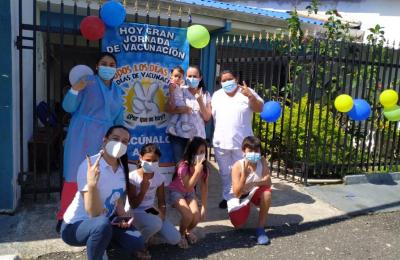Homicide among young people in the countries of the Americas
Objective
To examine the homicide trends among young people (10–24 years), adolescents (10–19 years), and young adults (20–24 years) in 33 countries in the Americas between 2000 and 2019, with a focus on inequalities between countries in the burden of homicides.
Methods
An ecological study was performed using estimated deaths from 33 countries. Age-adjusted rates, percentage change (PC), average annual percentage change (AAPC), and relative risk (RR) were estimated; besides, analysis on social inequalities was performed.













